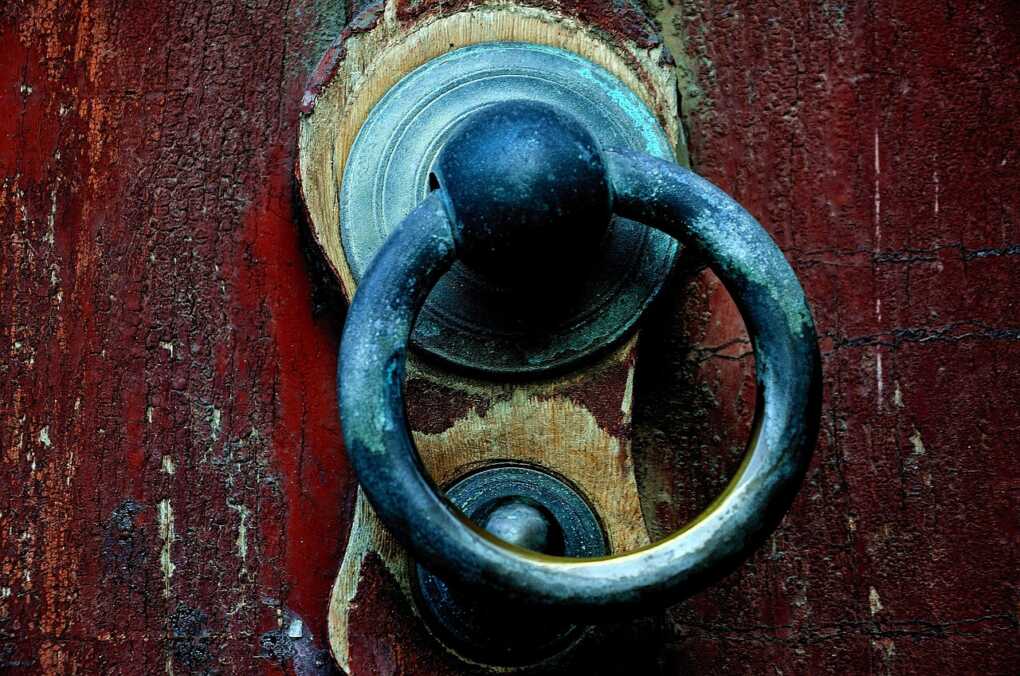Sash windows bring a timeless elegance to both heritage properties and modern homes, offering classic charm and practical ventilation. As architects and homeowners increasingly seek to preserve architectural character while meeting today’s performance standards, attention turns to the often-hidden components that ensure smooth operation and lasting reliability.

The Case for Retaining Sash Windows
Unlike casement or tilt-and-turn styles, sash windows feature two vertically sliding panels that provide gentle, adjustable airflow. Their slender profiles maximize glass area, flooding interiors with natural light. In period homes, original sash windows form an integral part of the property’s appeal and value. Even in contemporary architecture, designers appreciate the grille patterns and proportions that sash windows can offer.
Common Performance Challenges
Over time, sash windows may develop issues such as uneven movement, draftiness, and sticking sashes. Wooden frames can swell or warp in response to humidity changes, while paint layers build up around the jambs, hindering free sliding. Inside the frame, balance mechanisms—once hidden from view—may suffer wear: pulleys jam, cords fray, and counterweights corrode or fail. These problems compromise the windows’ functionality and detract from their visual impact.
Upgrading Balance Systems Thoughtfully
Modern interventions allow homeowners to restore full functionality without replacing entire windows. One key upgrade is the installation of contemporary counterbalancing hardware designed to deliver precise weight distribution. For instance, replacing outdated or corroded lead weights with engineered steel sash weights provides a durable solution—steel offers superior strength, resists moisture-related degradation, and can be precisely fabricated to match each sash’s mass requirements. Subtle in appearance, these weights ensure uniform operation and eliminate sash drift.
Enhancing Energy Efficiency
Sash windows often fall short of today’s insulation expectations due to single glazing and inevitable air gaps. Yet, retrofitting can improve performance significantly. Secondary glazing systems—thin, interior-mounted panes—provide an additional thermal barrier while preserving the original frame. High-quality brush seals and draught-proofing strips can also be discreetly applied to jambs and meeting rails, reducing heat loss and minimizing unwanted noise.
Maintenance Best Practices
To keep sash windows in peak condition, regular maintenance is essential. Homeowners should clean tracks and pulleys annually, removing debris and applying a suitable lubricant. Repainting wooden frames with breathable, low-VOC coatings protects against moisture while allowing the timber to expand and contract naturally. Periodic inspection of balance cords, pulleys, and weights helps detect wear early, preventing more extensive repairs down the line.
Professional Restoration vs. DIY
While many minor tasks can be undertaken by confident DIY enthusiasts, more complex interventions—such as installing new balance systems or reglazing—are best handled by professionals specializing in sash window restoration. These experts possess the experience and specialized tools needed to work within narrow sash chambers, accurately calibrate counterweights, and ensure airtight seals without compromising heritage features.
Balancing Tradition and Innovation
Incorporating thoughtful upgrades—like precision-engineered steel sash weights and advanced sealing techniques—allows homeowners to enjoy sash windows that look period-appropriate yet meet contemporary standards. This balanced approach safeguards architectural integrity while delivering the smooth operation, energy efficiency, and low maintenance that modern lifestyles demand.
By embracing both traditional craftsmanship and selective modern hardware, sash window owners can preserve the soul of their properties, ensuring that these graceful openings continue to perform beautifully and reliably for generations to come.
